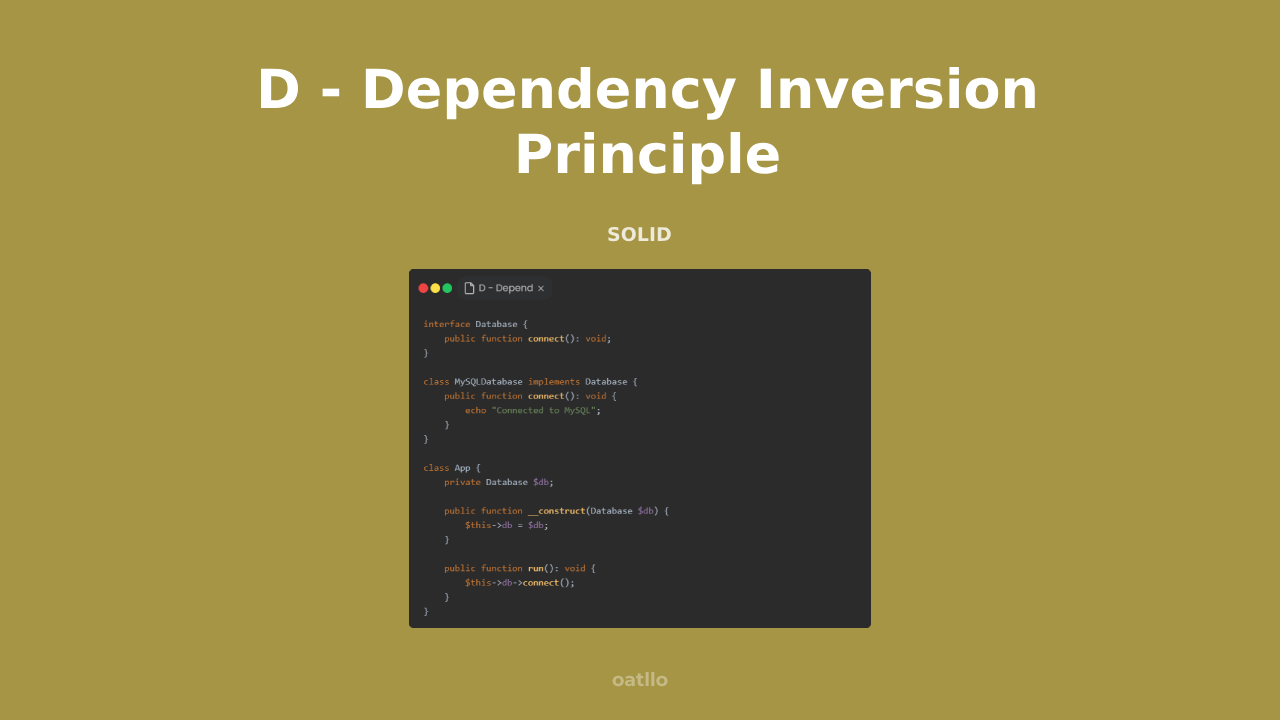What is the Dependency Inversion Principle (DIP)?
The Dependency Inversion Principle, known as DIP, is one of the key components of the SOLID principles in object-oriented programming. This principle states that dependencies should point toward abstractions rather than concrete implementations. In practice, this means that higher-level modules should not depend on lower-level modules; instead, both layers should rely on interfaces.
Why is the Dependency Inversion Principle important in PHP?
In PHP development, following the Dependency Inversion Principle can increase flexibility and improve testability of applications. By applying DIP, we can easily swap concrete implementations for alternatives without modifying existing code, which leads to better code organization and reduced coupling between classes.
How to apply the Dependency Inversion Principle in practice?
To implement DIP in your PHP projects, you should make use of interfaces and abstractions. Instead of directly instantiating concrete classes, inject their dependencies through the constructor (Dependency Injection). This approach supports maintainable and loosely coupled code. An example of applying this principle might look like this:
interface MailerInterface {
public function send(string $message);
}
class SmtpMailer implements MailerInterface {
public function send(string $message) {
// email sending logic
}
}
class UserService {
private $mailer;
public function __construct(MailerInterface $mailer) {
$this->mailer = $mailer;
}
public function notifyUser($user, $message) {
$this->mailer->send($message);
}
}
Advantages and disadvantages of using the Dependency Inversion Principle
Implementing DIP enables greater modularity of code, making it easier to extend and maintain. When classes are less dependent on each other, changes in one do not directly affect others. On the other hand, it may introduce some additional complexity, especially for beginner developers, who might struggle to fully grasp the concept of interfaces and their usage.
Feel free to explore the articles below on the Oattlo blog, which provide a detailed explanation of the Dependency Inversion Principle and its application in real-world PHP projects!
